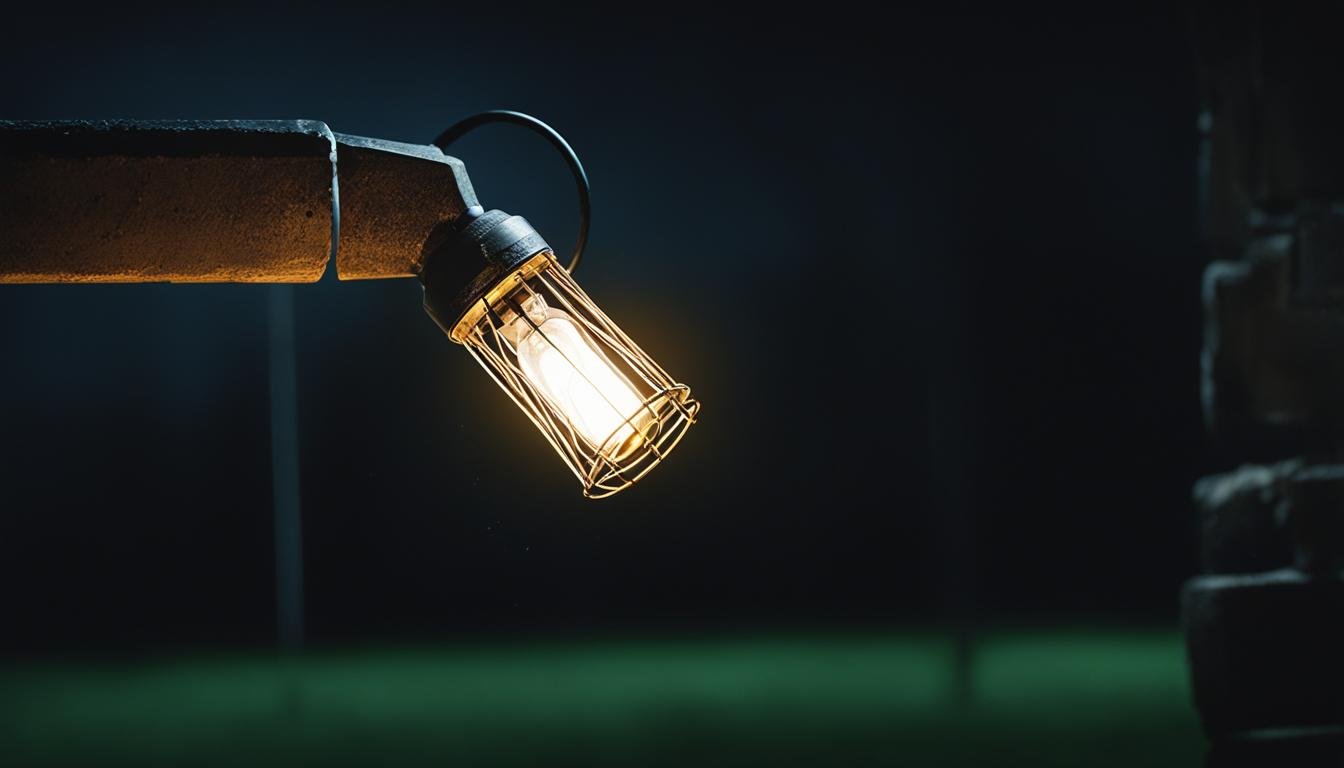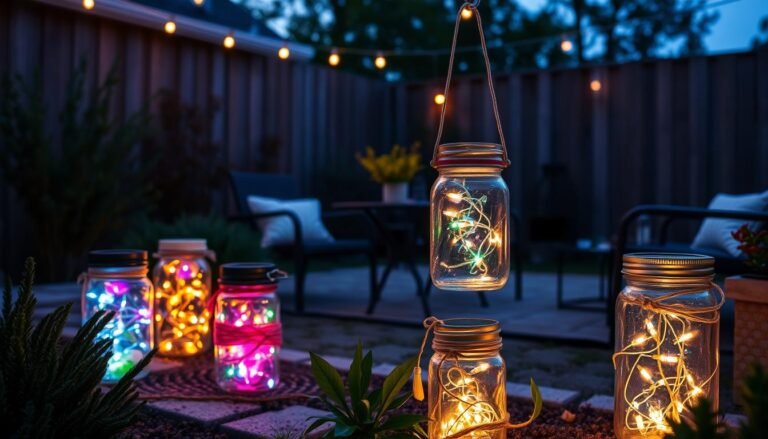Affiliate Disclosure: This post may contain affiliate links. If you make a purchase, we may earn a small commission at no extra cost to you.
Mechanical damage to a lighting fixture can disrupt its proper functioning and even render it completely inoperable. That’s why it is crucial to manufacture fixtures to exacting standards and test them after production to ensure they can withstand significant trauma.
This testing is expressed through an IK rating (IKR), an international standard that measures the protection against external mechanical damage.

This rating is a two-digit number ranging from 00 to 10, with higher numbers indicating greater protection, which corresponds to a specific impact energy, measured in joules, and represents the fixture’s ability to withstand different levels of impact. For example, an IK08 rating means the fixture can withstand an impact energy of 5 joules.
IK ratings are important for ensuring the durability and performance of lighting fixtures in various environments, from construction sites to shipyards to heavy industrial warehouses.
Key Takeaways:
- The IKR measures the protection against external mechanical damage for lighting fixtures.
- An IKR is a two-digit number ranging from 00 to 10.
- Higher IK ratings indicate greater protection and the ability to withstand higher impact energies.
- Each IKR corresponds to a specific impact energy measured in joules.
- IK ratings are crucial for ensuring the durability and performance of lighting fixtures in harsh environments.
What Is IK Rating and How Does It Work?
When it comes to measuring the mechanical impact resistance of an electrical enclosure or device, the IKR, or Impact Protection rating, is the key metric to consider.
It determines the level of protection an enclosure provides against external mechanical impacts, such as accidental collisions or intentional abuse. It is denoted by a two-digit number, ranging from IK00 to IK10, with higher numbers indicating better impact resistance.
This rating is determined through rigorous impact tests using a pendulum hammer. During these tests, the energy and number of impacts are gradually increased until the device or enclosure either fails or reaches its maximum IKR.
The specific impact energy, hammer weight, and height from which the hammer is dropped vary for each IKR, allowing for a precise evaluation of impact resistance.
For example, an enclosure with an IK05 rating can resist an impact energy of 0.7 joules, which is equivalent to a 0.25 kg mass falling from a height of 280 mm above the impacted surface. This demonstrates the enclosure’s ability to withstand considerable mechanical stress and safeguard the internal components from damage.
Ensuring the safety, durability, and compliance of electrical enclosures in different environments is the primary purpose of this rating system. By adhering to the appropriate IKR standards, manufacturers can enhance the reliability and longevity of their products, ultimately benefiting end-users and minimizing maintenance costs.

IK Rating Table Showing the IK Scale and Corresponding Impact Energy Levels
| IK Rating | Impact Energy (joules) | Equivalent Impact Scenario |
|---|---|---|
| IK00 | N/A | No protection against mechanical impact |
| IK01 | 0.15 | Impact by 200 g weight falling from 15 cm |
| IK02 | 0.20 | Impact by 200 g weight falling from 20 cm |
| IK03 | 0.35 | Impact by 200 g weight falling from 35 cm |
| IK04 | 0.50 | Impact by 200 g weight falling from 50 cm |
| IK05 | 0.70 | Impact by 200 g weight falling from 70 cm |
| IK06 | 1.00 | Impact by 500 g weight falling from 20 cm |
| IK07 | 2.00 | Impact by 500 g weight falling from 40 cm |
| IK08 | 5.00 | Impact by 1.7 kg weight falling from 29.5 cm |
| IK09 | 10.00 | Impact by 5 kg weight falling from 20 cm |
| IK10 | 20.00 | Impact by 5 kg weight falling from 40 cm |
The IKR provides valuable information that helps individuals and organizations make informed decisions regarding the selection of electrical enclosures suitable for their specific application and environmental requirements.
By understanding the impact resistance offered by different IK ratings, users can ensure the safety and reliability of their electrical installations even in challenging conditions.
Importance of IK Rating for Lighting Fixtures
The IK Rating is particularly important for lighting fixtures because it indicates their resistance to impact and mechanical stress. Lighting fixtures are often installed in harsh and rugged environments, such as construction sites and outdoor areas, where they may be subjected to accidental impacts from falling objects or intentional abuse.

Having a high IKR ensures that the fixtures can withstand these impacts and continue to provide reliable lighting. It also helps to reduce maintenance costs and downtime associated with replacing damaged or broken fixtures.
The IKR is related to the materials and durability of the fixtures. Lights with higher IK ratings are typically made from more durable materials, such as stainless steel or polycarbonate, and are designed to withstand greater impacts.
For outdoor lights, a minimum IK08 rating is often recommended, but the appropriate IKR depends on the specific application and level of mechanical stress the fixture will be exposed to.
Overall, the IK rating plays a crucial role in ensuring the longevity and performance of lighting fixtures in challenging environments.
By selecting lighting fixtures with appropriate IK ratings, you can ensure that your lighting system remains operational, even in demanding conditions, providing both safety and reliability when you need it most.
FAQ
What is an IK rating?
An IK rating is an international standard that measures the protection against external mechanical damage of a lighting fixture. It is a two-digit number ranging from 00 to 10, with higher numbers indicating greater protection.
How is the IK rating determined?
The IK rating is determined through impact tests using a pendulum hammer. The specific impact energy, hammer weight, and height from which the hammer is dropped vary for each IK rating.
Why is the IK rating important for lighting fixtures?
The IK rating is important for lighting fixtures because it indicates their resistance to impact and mechanical stress. It helps ensure the durability and performance of fixtures in harsh environments, reducing maintenance costs and downtime.
What materials are used for lighting fixtures with higher IK ratings?
Lighting fixtures with higher IK ratings are typically made from more durable materials, such as stainless steel or polycarbonate, to withstand greater impacts.
What is a recommended IK rating for outdoor lights?
A minimum IK08 rating is often recommended for outdoor lights, but the appropriate IK rating depends on the specific application and level of mechanical stress the fixture will be exposed to.
How does the IK rating ensure the longevity and performance of lighting fixtures?
The IK rating plays a crucial role in ensuring the longevity and performance of lighting fixtures in challenging environments by indicating their ability to withstand impacts and mechanical stress.
Check out our FREE Calculators on our Resources Page








